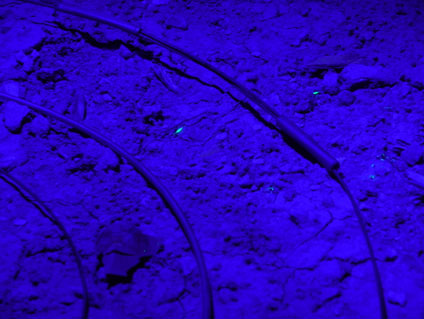Led By
Danielle Bilyeu Johnston
Study Area
Piceance Basin
Project Status
Completed
Research Objectives
- To develop reclamation techniques for big sagebrush habitats impacted by oil and gas development in northwestern Colorado.
- To test various weed control techniques.
- To promote a diverse set of native perennial plants.
Project Description
To preserve wildlife habitat in oil and gas fields, wildlife managers have to restore impacted areas. This involves preventing soil loss, controlling weeds, and promoting the growth of native plants. Oil and gas fields create many small areas of disturbances. This fragmented pattern of development influences a much larger area of wildlife habitat than that directly impacted.
CPW initiated a project in 2008 to develop restoration techniques for big sagebrush habitats impacted by oil and gas development in the Piceance Basin of northwestern Colorado.
This area is very rich in natural gas, and is also prime habitat for the largest migratory mule deer herd in the United States.
Researchers selected twelve locations in this area to test six different reclamation experiments. Experiments conducted at lower elevations emphasize weed control while the high or middle elevation experiments emphasize plant diversity. All experiments emphasized the establishment of native, perennial plants. Perennial plants provide wildlife nutritious forage for a longer portion of the growing season than do annual plants.
Results have highlighted the importance of understanding how weed seeds distribute. Factors which increase dispersal of weed seeds (lack of vegetation, disturbed areas with a high edge/area ratio) can hinder restoration, while factors which decrease weed seed dispersal (roughening the soil surface, providing dispersal obstructions) can improve restoration.
Results also highlight the importance of limiting the amount of grass in seed mixes if the goal is a diverse plant community, using woody debris to promote sagebrush re-establishment, and local collection of sagebrush seed.

Management recommendations by elevation zone are given in Colorado Parks and Wildlife Technical Publication #57 (linked below).
Associated Publications & Presentations

Fluorescently-marked cheatgrass seeds dispersing over bare soils.

